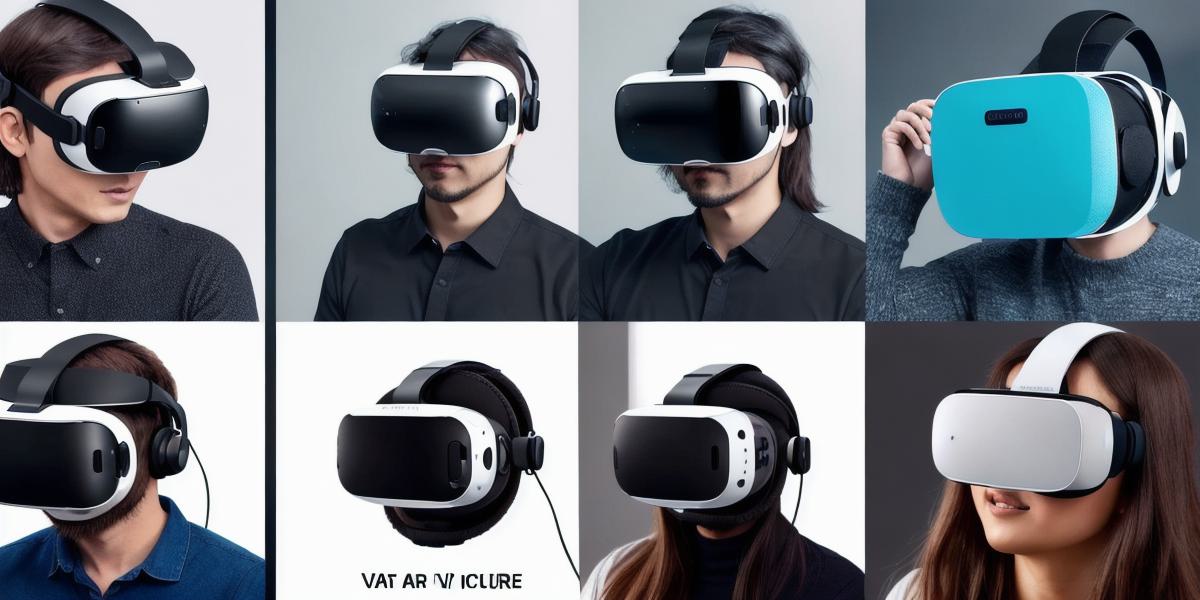Introduction
Virtual Reality (VR) technology has been advancing rapidly in recent years, and with it comes the integration of Artificial Intelligence (AI) into the VR experience. While both technologies are transforming the way we interact with digital environments, there is a fundamental difference between them that VR developers should understand. In this guide, we will explore the key differences between AI and VR and how they are being used together to create more immersive and interactive experiences.
What is AI?
Artificial Intelligence (AI) refers to the ability of machines to perform tasks that would normally require human intelligence, such as learning, reasoning, and problem-solving. In simpler terms, AI enables machines to mimic human behavior and decision-making processes. Some common examples of AI include chatbots, voice assistants, and self-driving cars.
What is VR?
Virtual Reality (VR) is a technology that creates a simulated, immersive environment that can be experienced through specialized headsets or displays. VR allows users to feel as if they are in a different world, surrounded by 3D objects and environments that react to their movements and actions. Some common examples of VR applications include gaming, training simulations, and virtual meetings.
The Difference Between AI and VR
While both AI and VR are transforming the way we interact with digital environments, they serve different purposes. AI is used to enable machines to perform tasks that would normally require human intelligence, while VR is used to create immersive and interactive experiences for users. In other words, AI is more focused on how machines can augment human behavior, while VR is more focused on creating a simulated reality that can be experienced by humans.
Use Cases of AI in VR
Despite the differences between AI and VR, there are many use cases where they can work together to create more immersive and interactive experiences. For example, AI-powered chatbots can be integrated into VR environments to provide users with personalized assistance or guidance. Additionally, AI algorithms can be used to analyze user behavior in VR environments to optimize the user experience and improve engagement.
Real-Life Examples of AI in VR
One real-life example of AI in VR is the use of AI-powered virtual assistants in VR training simulations. These assistants can provide personalized guidance and feedback to users, helping them to learn and improve their skills more efficiently. Another example is the use of AI algorithms to optimize VR gaming experiences, such as by adjusting the difficulty level based on user performance or recommending new games based on user preferences.
Summary
In conclusion, while both AI and VR are transforming the way we interact with digital environments, they serve different purposes. AI is used to enable machines to perform tasks that would normally require human intelligence, while VR is used to create immersive and interactive experiences for users. Despite their differences, there are many use cases where AI and VR can work together to create more engaging and effective digital experiences. As VR technology continues to evolve, we can expect to see even more innovative applications of AI in the future.
